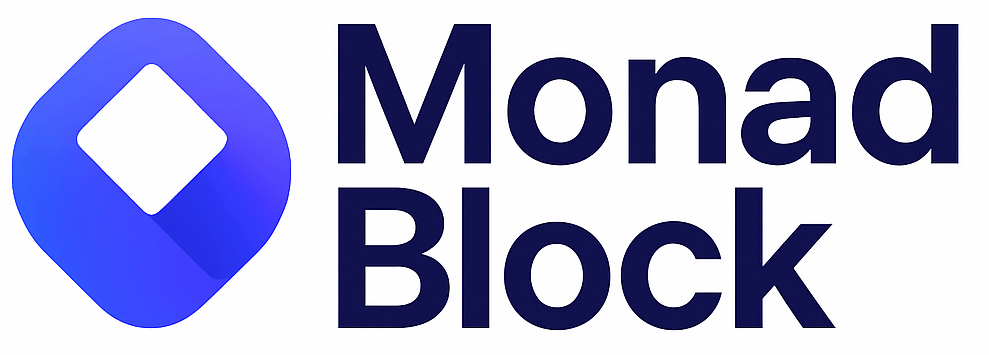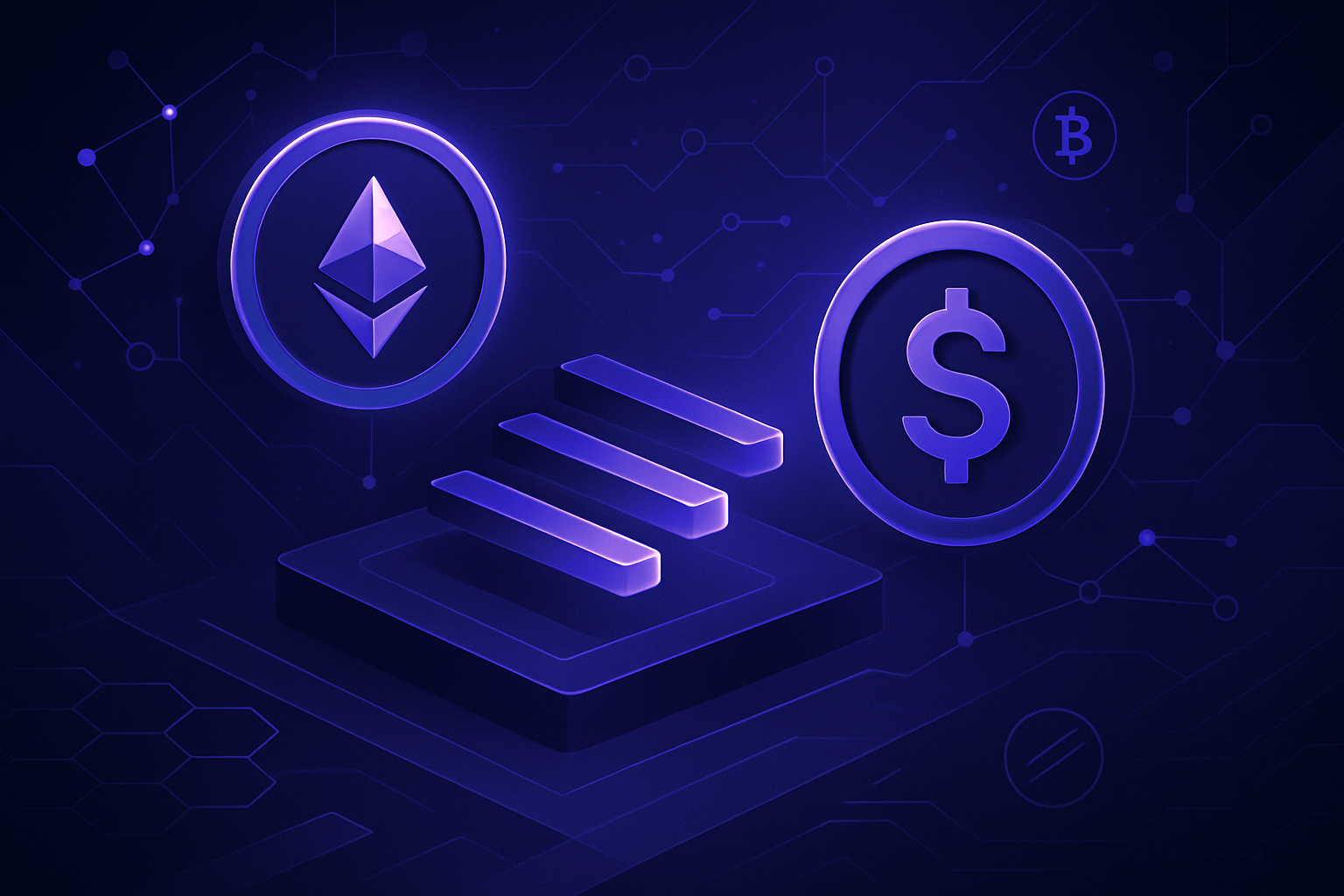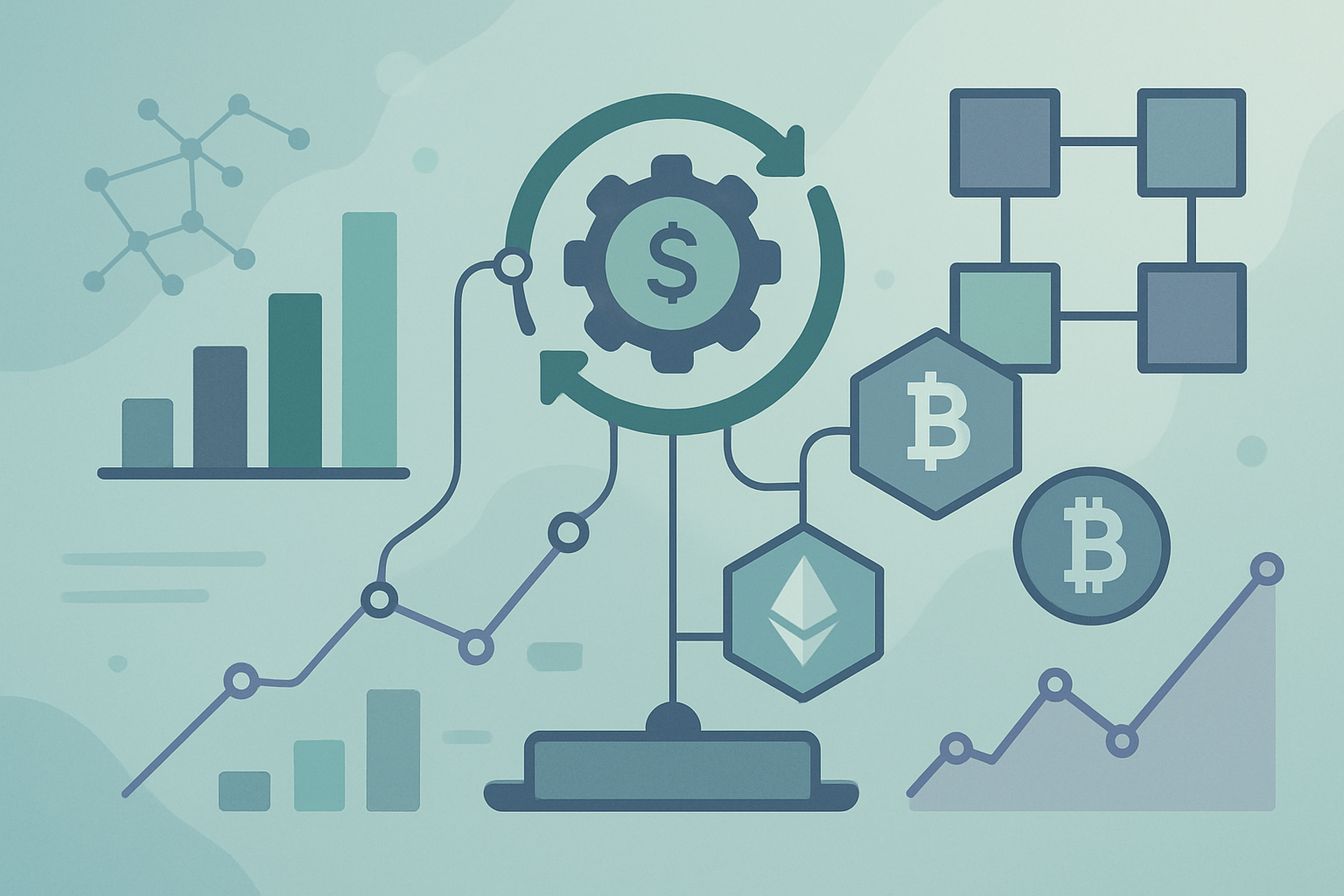
Blockchain’s promise of decentralized computation has always been tempered by the realities of throughput and latency. For Ethereum-compatible applications, this often means navigating the trade-off between robust security and real-world usability. Monad, a high-performance EVM-compatible Layer 1, is challenging these limitations through a methodical rethinking of transaction execution. By introducing EVM parallelization, Monad unlocks unprecedented scalability for decentralized applications (dApps), all while maintaining full Ethereum compatibility.

Sequential Processing: The Scalability Bottleneck
Ethereum’s original design processes transactions sequentially. Each transaction must wait for its predecessor to finish before it can be validated and committed to the blockchain state. While this model ensures determinism and security, it creates a bottleneck as network activity surges. Under peak loads, users experience slow settlement times and soaring gas fees, a critical barrier for mainstream adoption of DeFi, gaming, and enterprise-grade dApps.
Monad addresses these constraints head-on by enabling optimistic parallel execution. This innovation allows multiple transactions to be processed concurrently, assuming they do not conflict with each other’s state changes. If conflicts are detected during execution, Monad’s system efficiently rolls back and re-executes only the affected transactions, maximizing throughput without sacrificing integrity.
The Mechanics of Monad’s Optimistic Parallel Execution
At the heart of Monad’s approach is its custom-built execution engine that leverages optimistic assumptions about transaction independence. Here’s how it works:
Key Steps in Monad’s Optimistic Parallel Execution
-
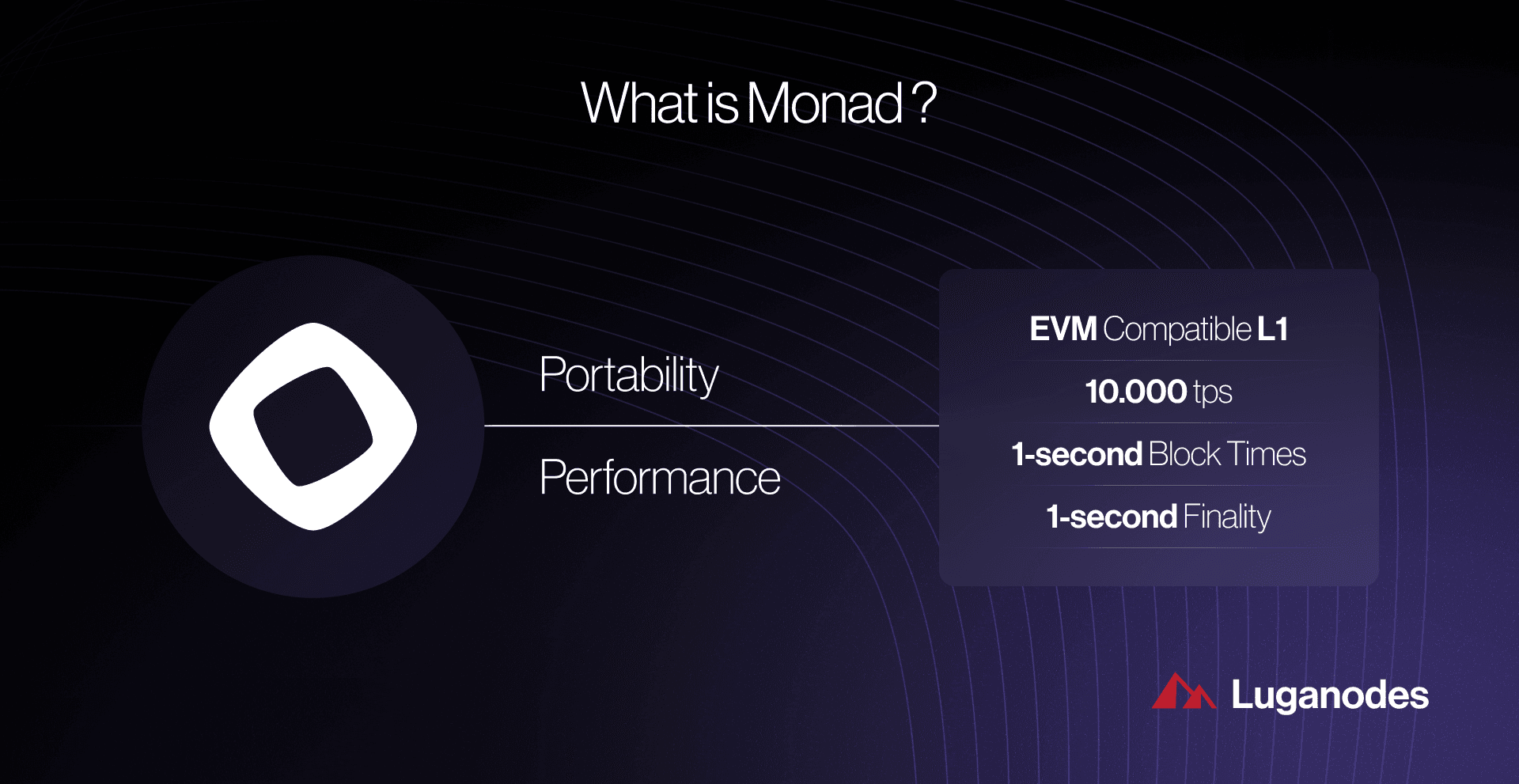
1. Transaction Batching and Preprocessing: Monad collects incoming transactions and organizes them into batches, preparing them for parallel execution while maintaining EVM compatibility.
-
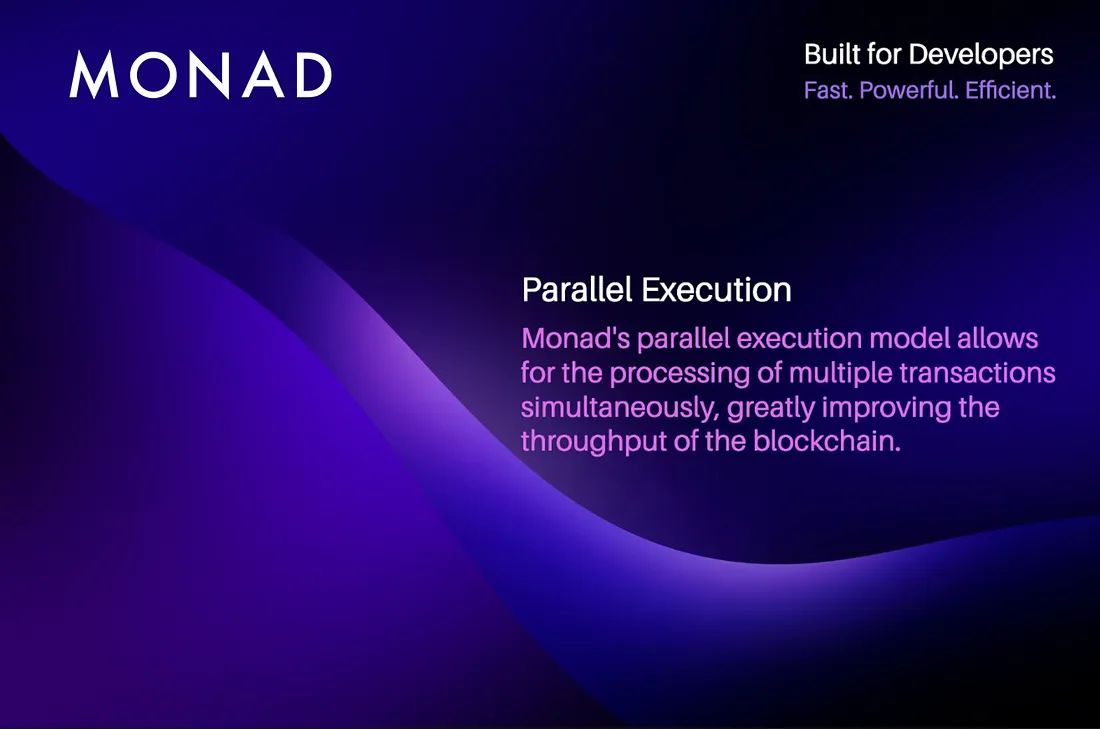
2. Optimistic Parallel Execution: Transactions within each batch are executed simultaneously under the assumption that they are independent, maximizing throughput and reducing latency compared to sequential processing.
-

3. Conflict Detection Mechanism: A dedicated system monitors for state conflicts during parallel execution. If two or more transactions attempt to modify the same state, conflicts are flagged for resolution.
-

4. Conflict Resolution and Re-execution: Transactions identified as conflicting are re-executed sequentially to ensure the integrity and consistency of the blockchain state.
-
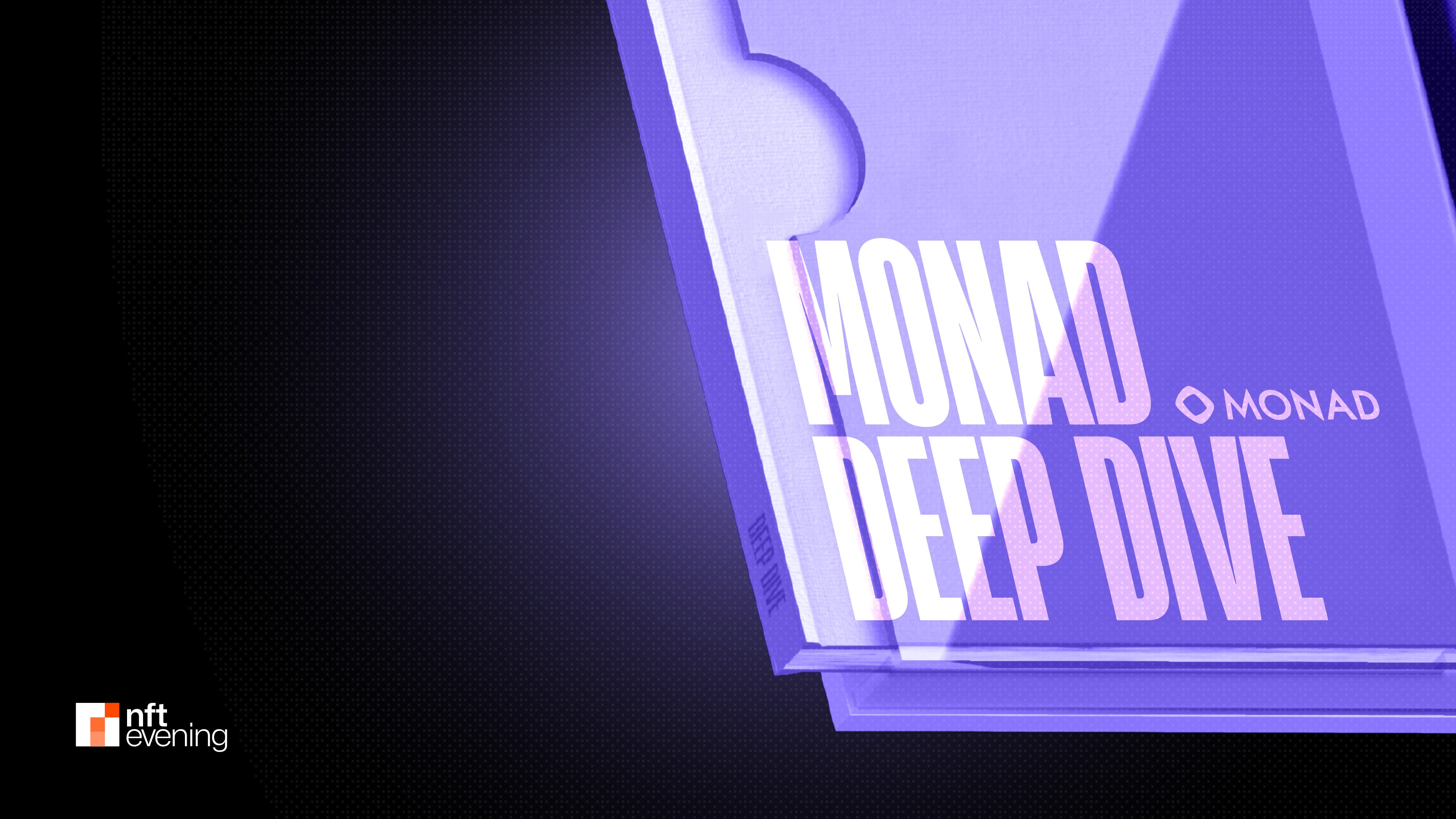
5. Finalization via MonadBFT Consensus: After execution, the finalized transaction results are confirmed using the MonadBFT consensus protocol, which achieves block finality in approximately one second, supporting high throughput and security.
-
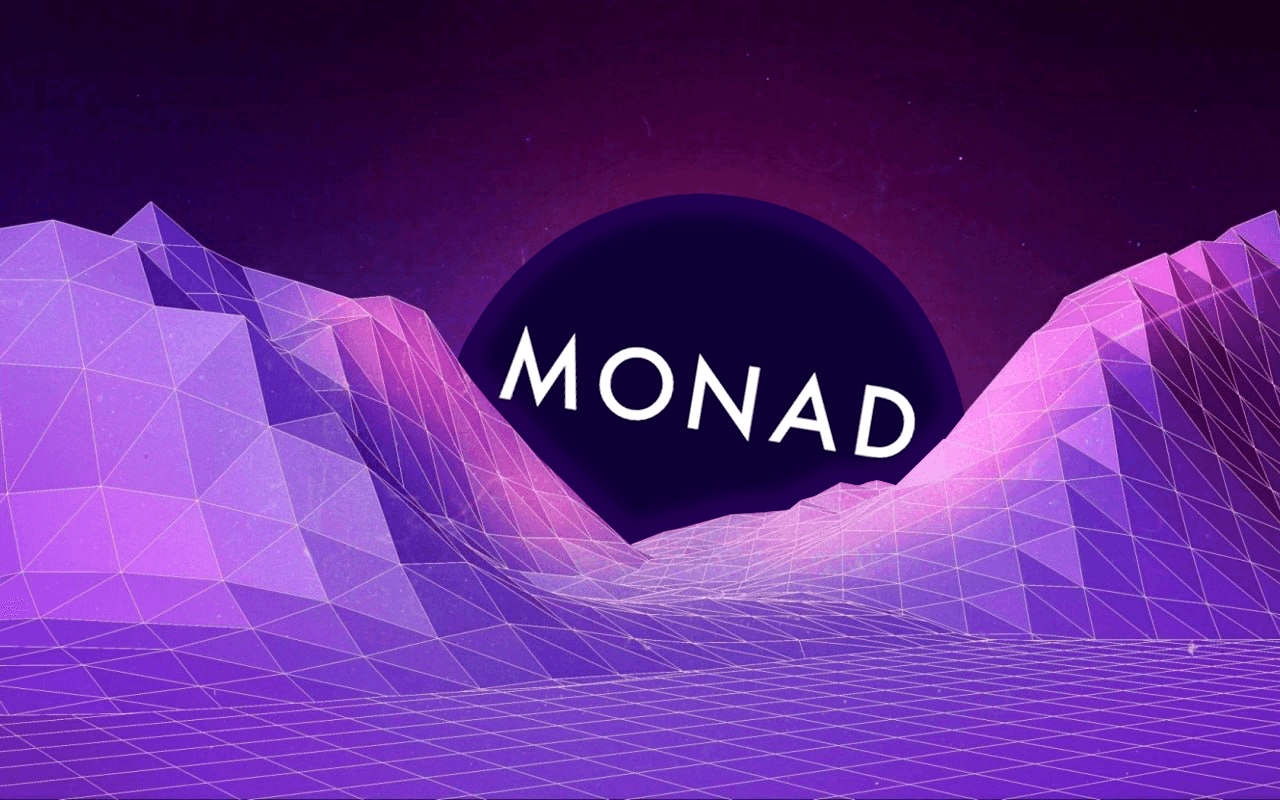
6. State Storage with MonadDB: The processed and finalized state changes are stored in MonadDB, Monad’s custom database optimized for parallel execution and asynchronous disk operations, further enhancing performance.
This model enables Monad to achieve over 10,000 transactions per second (TPS), a quantum leap over traditional EVM chains. For developers and end-users alike, this means lower latency and more responsive dApps, even during periods of intense network demand.
If you’re interested in a technical deep dive into how Monad achieves this level of throughput while preserving Ethereum compatibility, see Monad Parallel EVM: How 10,000 TPS and Full Solidity Compatibility Unlock Next-Gen DApp Performance.
Consensus and Storage Innovations That Enable Scale
EVM parallelization alone isn’t enough; the underlying consensus protocol and storage systems must also keep pace. To that end, Monad employs MonadBFT, a consensus mechanism inspired by HotStuff but optimized for speed without compromising decentralization or security. Block finality is achieved in approximately one second, crucial for real-time dApp interactions.
On the storage front, MonadDB introduces asynchronous disk operations that allow simultaneous reads and writes across multiple transactions. This custom database solution eliminates traditional I/O bottlenecks that have historically plagued blockchain scalability efforts.
The Impact on Real-World DApp Performance
The synergy between optimistic parallel execution, rapid consensus finality via MonadBFT, and high-throughput storage via MonadDB results in a platform uniquely suited for scalable dApps. Developers can migrate existing Ethereum-based applications to Monad with minimal code changes, gaining access to dramatically improved performance metrics without sacrificing proven EVM tooling or security guarantees.
For decentralized finance (DeFi) protocols, NFT marketplaces, and on-chain games, these architectural advances translate to tangible user benefits. Transaction confirmation times shrink from minutes to seconds. Network congestion becomes a relic of the past, even during heavy usage spikes. Developers can confidently launch complex, high-traffic applications without the looming risk of bottlenecks or prohibitive gas fees. Monad’s low hardware requirements also mean that node operation remains accessible, supporting true decentralization as the network scales.
Importantly, Monad’s full bytecode compatibility with the Ethereum Virtual Machine ensures that Solidity smart contracts and existing tooling function seamlessly. There is no need for developers to rewrite or re-audit codebases, migration is straightforward, minimizing friction for teams looking to tap into Monad’s performance edge while preserving their Ethereum-native workflows.
Unlocking New Use Cases With High-Performance EVM
The implications of Monad EVM parallelization extend well beyond incremental improvements in throughput. By delivering consistent low latency and high transaction capacity, Monad unlocks new possibilities for real-world adoption:
- Real-time DeFi: High-frequency trading platforms and automated market makers can operate with near-instant settlement and minimal slippage.
- On-chain gaming: Games requiring rapid state updates or microtransactions benefit from sub-second confirmation times.
- Enterprise-scale dApps: Businesses can deploy large-scale tokenization platforms or supply chain solutions without worrying about performance ceilings.
This paradigm shift is already drawing attention from developers seeking scalable DApps on Monad and those eager to push the boundaries of what’s possible with an EVM-compatible blockchain. The combination of speed, scalability, and full Ethereum compatibility positions Monad as a compelling foundation for the next generation of decentralized applications.
As more projects migrate or launch directly on Monad, the ecosystem’s network effects are poised to accelerate. Developers gain access to a growing suite of composable protocols and liquidity pools, all benefiting from the same underlying performance enhancements.
What’s Next for Scalable DApps on Monad?
The roadmap for high-performance EVM blockchains continues to evolve rapidly. As demand for scalable DApps intensifies, especially in sectors like DeFi, digital identity, and tokenized assets, Monad’s architecture sets a new benchmark for what’s achievable within Ethereum-compatible ecosystems. Its blend of optimistic parallel execution, rapid consensus finality, and optimized storage provides a blueprint for future chains seeking similar breakthroughs.
If you’re evaluating options for launching performant Web3 applications or seeking deeper technical insights into how parallelized EVM execution works at scale, explore our comprehensive guide: How Monad’s EVM Parallelization Achieves High Transaction Throughput.
The high-performance EVM blockchain landscape is entering a new era, one defined by uncompromising speed, efficiency, and accessibility. With its unique approach to parallelized execution and unwavering commitment to Ethereum compatibility, Monad stands at the forefront of this transformation. For developers and enterprises alike, it offers not just incremental improvement but a step-change in what decentralized applications can deliver at scale.
